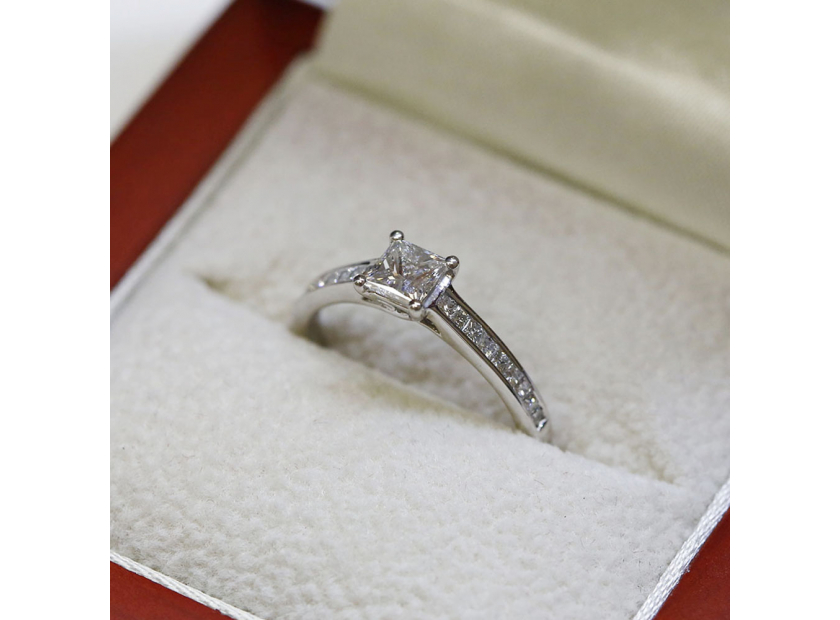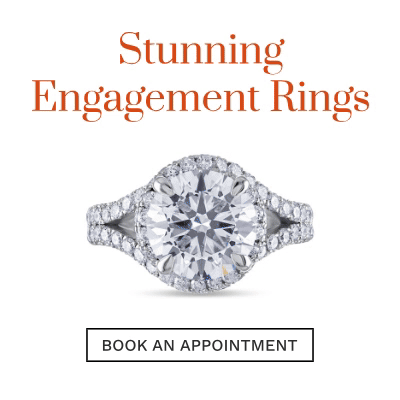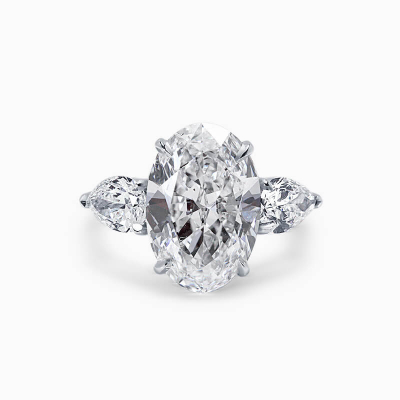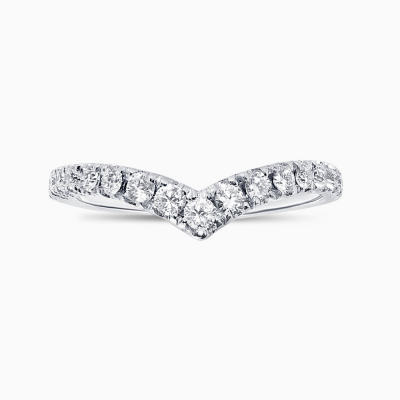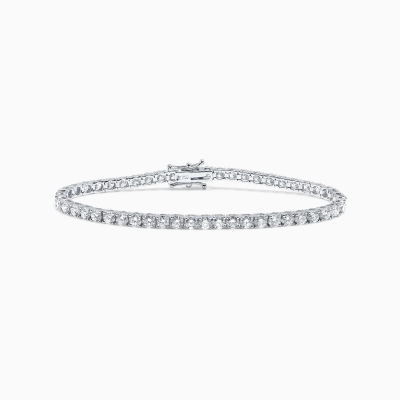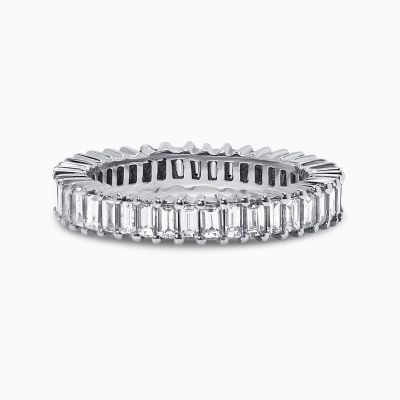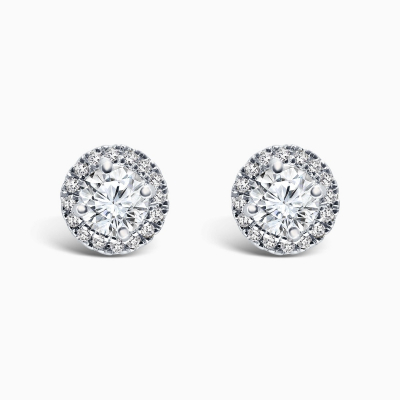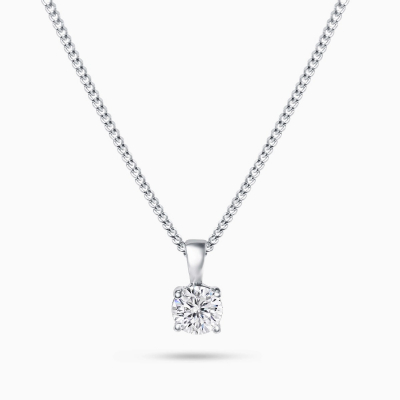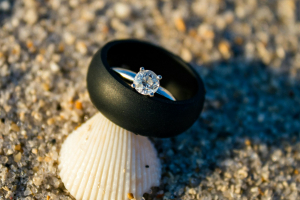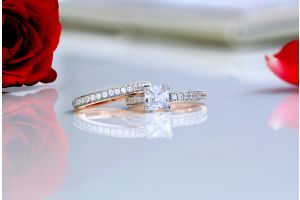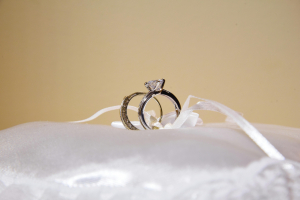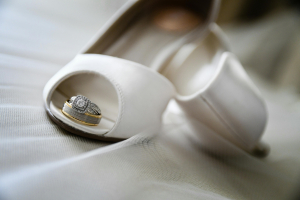GBP
/
GBP
/
Shipping to:
Currency:
Everything You Need To Know About Princess Diamond Engagement Rings
The gift of an engagement ring is a very significant moment in your relationship as it represents your love and the commitment of your fiancé to spending the rest of his life with you. So, when you go to choose your engagement ring together it is very important to make the right choice, as this will be a piece of jewellery that you will wear for a lifetime. There are many different cuts of diamond to choose from but one of the most popular has to be the princess cut engagement ring. If you are a woman whose style is edgy and contemporary, this cut of diamond will undoubtedly appeal to you. Its combination of stylish angles and sparkling brilliance makes a princess cut engagement ring appear more distinctive, dramatic and modern. When wearing a princess setting engagement ring this design will make you stand out from the crowd! Read on to learn everything that you need to know about princess diamond engagement rings:
What is a princess cut diamond?
Princess cut diamond engagement rings were first introduced in the 1960s. However, it was not until 1979 that the princess cut as we know it today was created by Ygal Perlman, Betzalel Ambar and Israel Itzkowitz, which means that it is a relatively recent entrant to the world of diamond cuts. The princess cut is the square equivalent of the brilliant round cut, hence why it is also known as the ‘modified brilliant cut’. As the 'modified brilliant' name suggests, the facet arrangement of the princess cut is similar to the brilliant, although it is not the same. A princess cut engagement ring has four clean edges and displays a flat square or rectangular face, with an inverted pyramid profile. From the top view the princess cut diamond is square or slightly rectangular, while the underside is a 4-sided pyramidal shape. It contains 57 or 76 facets with a typical ratio of 1.0 to 1.05. Due to its exceptional distribution of light, the princess cut is the most brilliant of all the square shaped diamonds and offers maximum sparkle. It is this sparkle which earned the princess cut another name- the “radiant cut” and is undoubtedly the reason why the princess setting engagement ring is a highly sought after by brides-to-be.
What makes a princess cut diamond engagement ring appear to sparkle more that some other diamond cuts?
The pyramidal shape of a princess diamond engagement ring with its four bevelled sides creates more light dispersion than any other square shaped diamond cut. Its unique faceting style was designed to gain maximum brilliance from the diamond. The combination of the brilliance of a round cut with the clean angles of a square shape and sharp, uncut corners create princess cut diamond engagement rings whose sparkle is unrivalled among other square cuts.
Why do princess cut diamond engagement rings look bigger?
Princess cut diamond engagement rings give the optical illusion of looking bigger than a round brilliant diamond of the equivalent carat weight. This is because their square shape has a larger diameter of up to 15% when measured from corner to corner. Also a princess cut diamond that has the same width as the diameter of a round brilliant diamond will weigh more. This is due to the fact that it has four corners which would otherwise have been cut off and rounded when creating the round brilliant cut. However, it should be noted that if a princess cut diamond has not been expertly cut and the light does not reflect off the diamond as it should, then it can appear smaller. This is why it is vital that when selecting your princess diamond engagement ring that you choose a diamond with a high quality cut.
Explore Our Collections
Are princess cut diamond engagement rings available in more than one shape?
There is a lot of variation in the length to width ratio of princess cut diamonds which gives them their unique ability to accommodate different shapes, even though they are generally thought to be square-shaped. For a square look princess cut engagement ring choose a length to width ratio of 1 to 1.10. If your preference is for a princess setting engagement ring that has a more rectangular appearance, then opt for a length to width ratio of 1.10. Please be aware that the square shapes of princess cut engagement rings are the more expensive variant of this cut of diamond.
What clarity grading should I choose for my princess cut engagement ring?
Unlike square cuts such as emerald, baguette and asscher, the princess cut does hide inclusions fairly well. Therefore for a small princess cut diamond you can go down to VS2 and still have an excellent clarity grading, and for a larger diamond stone, VS1 will still give you excellent clarity. Due to the fact that princes cut diamond engagement rings are often cut from top quality rough diamonds, low clarity grade (SI1-I) diamonds are not often found. However, you may be able to find an eye-clean lower clarity grade diamond for your princess setting engagement ring which would offer good value for money.
Are princess cut diamonds good at hiding inclusions?
The simple answer to this question is yes, princess cut diamonds are excellent for hiding inclusions. Due to its shape and extra facets which allow greater dispersal of light throughout the diamond, inclusions are hidden more efficiently than any other cut. This means that when choosing your princess cut engagement ring you can drop down a couple of grades in terms of clarity and colour and still have a perfect-looking diamond. However we always advise that while the clarity grade is important, what is more critical is where the inclusions are located on the diamond.
Are princess cut engagement rings affordable?
Due to the fact that when cutting a princess cut diamond there is very little waste this makes them one of the more economical of the diamond cuts which is reflected in their price. To give you an example a round brilliant cut rough diamond generally yields around 40%, whereas a princess cut rough diamond will yield anywhere between 80% and 90% which means that a diamond cutter can produce two princess cut diamonds from a single octahedron of a rough diamond meaning a more affordable price is achievable.
Which settings work best with for princess cut engagement rings?
Princess cut diamonds are known for their versatility and they work well with most settings, from simple to elaborate. As a solitaire princess diamond engagement ring the design will have a classical and elegant feel. If used within a halo design with accent diamonds a princess setting engagement ring will be a real show stopper with maximum sparkle and brilliance. What must be borne is that the princess cut, by its nature, has sharp points and these can be susceptible to damage if not correctly protected by the setting. Therefore we advise when choosing a princess cut engagement ring that you opt for a four-prong V-shaped setting which will hold the diamond securely in place and ensure that the edges are safe. Also be aware that if there are inclusions near the edges, this can weaken the diamond and make it vulnerable to chipping.


